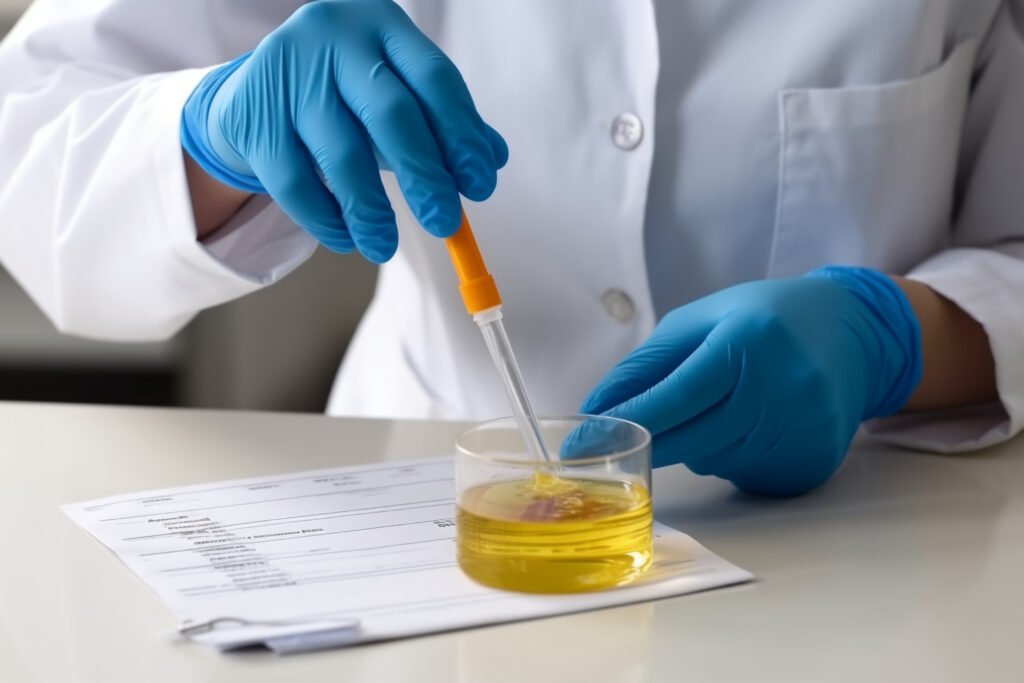Welcome to the bustling world of the Chinese cosmetic market. As the second-largest cosmetics consumer globally, China presents a lucrative opportunity for foreign companies. But with great opportunities come complex regulations. Fear not! This guide is designed to help you navigate the intricate process of China cosmetic registration and filing.
Key Takeaways
Navigate the Chinese Cosmetic Market with an understanding of two classifications and verification of quality, safety & efficacy.
The Responsible Person is a key figure in pre-market registration and safety monitoring.
Streamline cosmetics registration & filing process with services for product classification, formula review, labeling review, etc.
Navigating the Chinese Cosmetic Market: Registration and Filing Essentials

Registration and filing for cosmetics in China are the responsibility of those marketing them. Such processes involve verifying product quality, safety claims, and efficacy assertions that adhere to regulations set by the National Medical Products Administration (NMPA) and State Administration for Market Regulation (SAMR). These cover both ordinary goods such as shampoos or nail polishes that need record-keeping certificates and special use items like hair dyes that need hygiene licenses before being sold on Chinese markets. A Chinese responsible agent is mandatory during registration procedures, too. Understanding these requirements is vital when registering or filing any cosmetic products within this country’s boundaries, from moisturizers to intricate hair dyes.
The Role of the Domestic Responsible Person
Foreign companies looking to make cosmetics available in China must have a Chinese Responsible Person. This individual is responsible for filing applications before the product can enter the market and ensuring its safety and compliance with regulations through monitoring. To be eligible for this role, they must possess a cosmetic business license and an import qualification. Manage their products’ entry into the country and guarantee accuracy regarding claims about the efficacy of said cosmeceuticals.
Step-by-Step Guide to the Application Process
As of May 1, 2021, a new registration and filing platform has been implemented to bolster safety monitoring and ensure compliance with regulations in the Chinese cosmetics market. The process can be complex, yet it is integral to guarantee product security and quality control. For example, when registering unique cosmetic products, completing information within the system first needs doing, plus producing then downloading essential documents that require sealing before being returned. At the same time, ordinary cosmetics necessitate stamps and confirmation by whoever’s responsible domestically (domestic responsible person). Regarding imported usual ones, an extra seal on top of verification from said accountable individual must also appear on application forms.
Online Registration System
It is essential to master the online registration system in China if a cosmetics product wishes to prosper. The platform for this system, known as the Cosmetic Ingredient Safety Information Registration Platform, allows businesses or organizations to submit applications with their cosmetic items on file.
For specialized cosmetics, registering and gaining an approval license through the National Medical Products Administration (NMPA) must be done – there would first have to go under review regarding both form and technical aspects by the NMPA itself before passing acceptance. In addition, all ordinary cosmetic products should also carry an electronic filing certificate, guaranteeing they meet the standards expected from regulations before entering market circulation.
Submission of Dossiers
The submission of a dossier for registration and filing is essential in the process of applying for cosmetics in China. Necessary documentation includes formulas, labels, inspection reports, product safety assessments, and the ‘Cosmetics Registration and Filing Application Form.’ It should be noted that there are differences between how ordinary cosmetics need to be submitted compared with special products, this involves an official evaluation by the NMPA or provincial MPA when submitting dossiers regarding ordinary cosmetics.
Understanding Cosmetic Raw Materials and Ingredients

To ensure the safety of cosmetic raw materials and ingredients, the Chinese Ministry of Health has established stringent regulations. Companies manufacturing cosmetics must abide by the Hygienic Standard for Cosmetics, which outlines a list of prohibited and restricted chemicals. Manufacturers need to register any new ingredient intended for use before incorporating it into their production process. This applies if such an element is not part of the existing cosmetic ingredients inventory. Along with that assessment, reports related to its safety have also been demanded according to technical guidelines set forth specifically concerning new components. At the same time, some circumstances might necessitate furnishing additional details on security measures, too.
Inventory of Existing Cosmetic Ingredients
The National Medical Products Administration (NMPA) maintains the Inventory of Existing Cosmetic Ingredients in China (IECIC), which consists of existing and new cosmetic ingredients. Companies must check this list regularly to ensure their products comply with Chinese regulations. They can look up its contents online, searching specifically for their desired ingredient and examining if it has been included on IECIC or not – these updates usually occur every few years.
Approval of New Cosmetic Raw Materials
The Chinese government has strict authorization procedures for the pre-market registration of any new cosmetic raw materials. This necessitates paperwork such as notifications or registration forms, a good manufacturing practice certification from abroad (for imported products), and other pertinent supporting documentation. The necessary testing standards may differ based on the intended use of these ingredients. The manufacturer can provide safety information or contract it to an outside organization that will submit this data before approval. It takes approximately one year and a half after submission samples have arrived in China.
Quality Management System and Safety Assurance
The Chinese cosmetic market requires a comprehensive quality management system to meet safety standards. This includes following Good Manufacturing Practices, recruiting experienced personnel for cosmetics quality and safety control, as well as developing an efficient materials and product realization framework. To Guarantee the security of products on shelves in China’s stores, there are obligatory general security principles plus submission requirements for component assessments mentioned in the Technical Guideline for Cosmetic Safety Assessment, which must be adhered to alongside current labeling regulations regarding these items. Such stringent measures have been taken not only so that production meets high regulatory demands, but also due to it being pertinent that supervision surrounding cosmetics is vigilantly applied and continuously maintained.
Post-Market Surveillance and Adverse Reaction Monitoring

The China National Medical Products Administration (NMPA) is responsible for ensuring the ongoing safety of cosmetics in the market through its National Cosmetic Adverse Reaction Monitoring System. This system includes identifying and diagnosing adverse reactions, monitoring product safety, enforcing regulations on manufacturers, and supervising inspection work to ensure compliance with necessary requirements. Penalties are enforced if rules are not followed correctly or entirely.
Post-market surveillance is also essential in protecting users from potential health risks associated with cosmetic products. Companies must take action by promptly reporting events related to their merchandise as well as actively participating in post-market activities that help maintain safe practices throughout usage cycles. They need to carry out corrective measures based on data collected via adverse reaction monitoring methods, allowing them to create a safer environment overall when it comes to using such items.
Marketing and Labeling Compliance

When it comes to imported cosmetics, they must go through a registration process that includes animal testing and have a hygiene permit before being allowed on the market in China. Labels should be printed clearly on the visible surface of any packages for sale. All content, including trade names, websites, and ingredients, must appear in Chinese characters. Marketing claims concerning these products must remain truthful with scientific evidence as support, or else they will not be permitted. Misdirection or making false statements about medical effects is forbidden. Lastly, labeling guidelines are also very stringent – labels require placement where they can easily be viewed while requiring their information only presented using standard Chinese characters such as words or website addresses displayed in Mandarin.
Services for Streamlining Registration and Filing
The registration and filing of cosmetics in China can be made simpler by the use of specialized services. These encompass product classification, formula review, labeling assessment, preparation of documents, and laboratory testing. There is a third-party legal agent service to aid with conforming applications as required by NMPA or MPA regulations. All these measures can accelerate the application process while offering advice on such matters as document composition. Adherence to protocol procedures and submission ingredients verification – all following National Medical Products Administration (NMPA) standards or provincial Medical Product Administrations (MPA).
Summary
The Chinese cosmetic market regulations can be daunting, but navigating them with the right knowledge and resources makes them more manageable. This guide has outlined every aspect of registration and filing procedures including appointing a domestic responsible person for applications, understanding the raw materials involved in cosmetics production, implementing quality management systems to ensure post-market surveillance compliance, as well as labeling rules that must be followed when marketing products. Services are available to help streamline registering and filing processes, which is essential for successful market entry given its changing landscape.
Frequently Asked Questions
How do I register a new cosmetic ingredient in China?
Registration of a new cosmetic ingredient in China requires the appointment of either a Chinese responsible agent or a domestic responsible person; both applications are to be administered by the State Food and Drug Administration (SFDA).
How are cosmetics regulated in China?
China’s NMPA (National Medical Product Administration) and other medical product administration departments must check & approve all cosmetic items before they are able to be sold or distributed in the nation, depending on what type of product it is.
What is China’s new cosmetics regulation CSAR?
By 2023, the Chinese government has set up a new regulation called CSAR in order to guarantee high standards of safety and quality when it comes to cosmetics. This law will be enforced by heightening supervision, managing production processes, and handling operations more strictly.
How do you export cosmetics to China?
To export cosmetics into the Chinese market, registration with CFDA (China Food and Drug Administration) and securing a hygiene permit are necessary. To apply for such a permit, assistance from an agency based in the PRC may be required, or an actual legal entity residing there would do too. Exemptions are applicable only regarding soaps, toothpaste, and oral cleansers since approval by CFDA isn’t necessarily needed before placing them on that particular marketplace.
What are the two categories of cosmetics in China?
In China, there are two types of cosmetics: ordinary and special use. Prior to their being released into the marketplace, each category must have a particular type of certificate issued. A record-keeping certification is necessary for ordinary cosmetics, while hygiene licenses must be acquired before selling special-use items.
